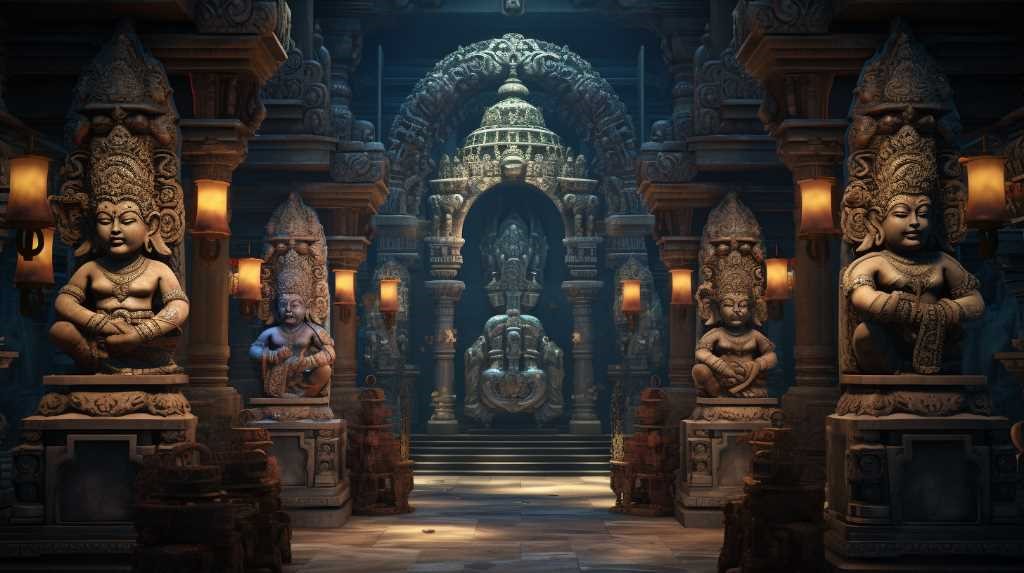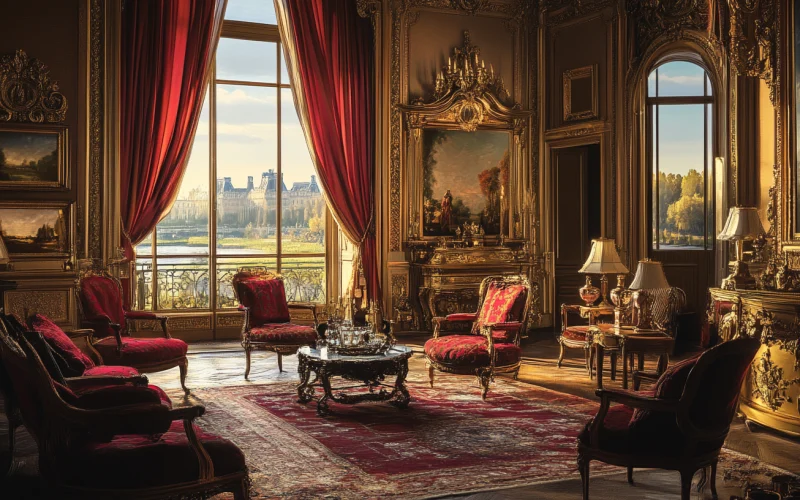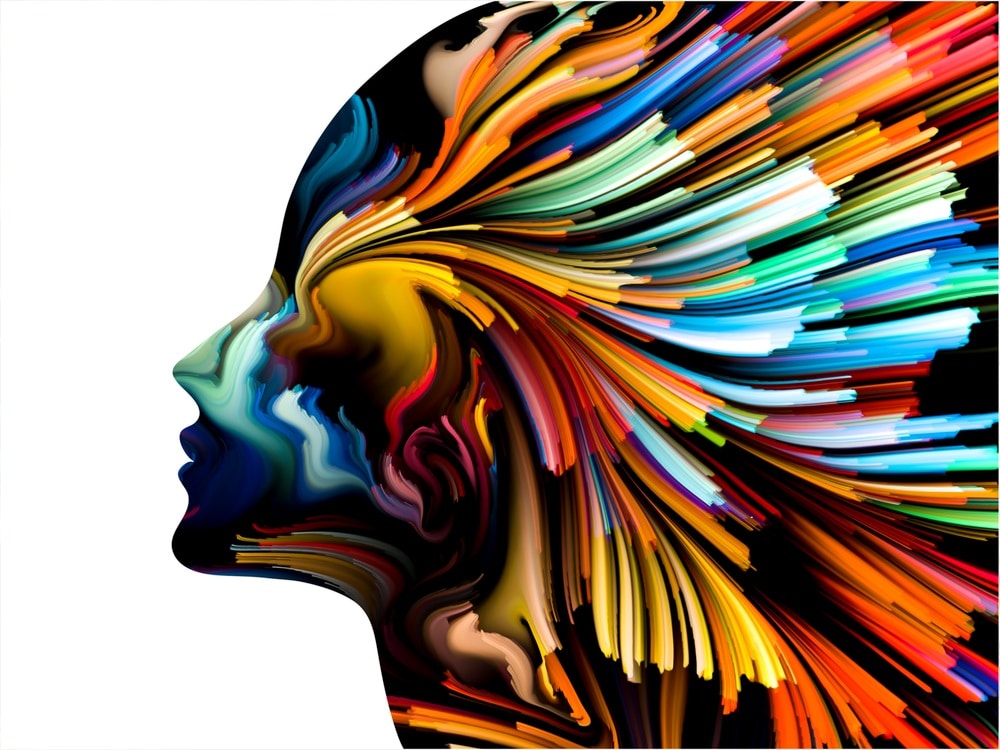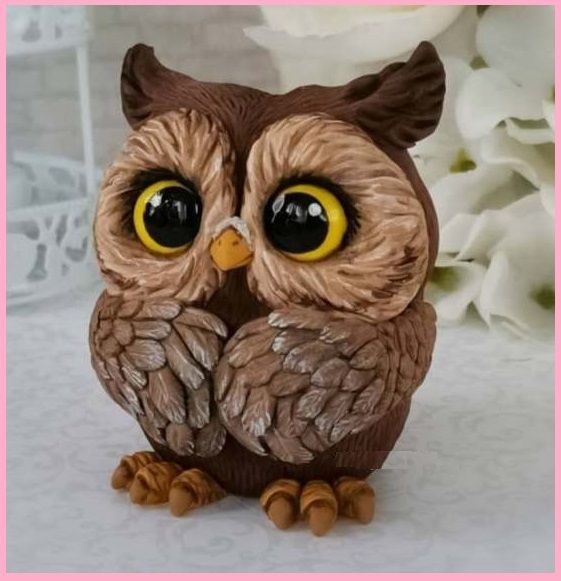Fine art captivates us with its ability to tell stories, evoke emotions, and showcase exceptional craftsmanship. This blog delves into the world of fine art, focusing on its unique characteristics and rich history, without delving into its monetary value.
The Essence of Fine Art
Fine art stands out due to its unparalleled originality and the meticulous skill involved in its creation. Unlike mass-produced items, fine art is crafted by talented individuals who pour their creativity and technique into each piece.
Fine art’s uniqueness lies in the artist’s personal expression, which can vary widely from one creator to another. Each work becomes a snapshot of the artist’s vision and technical prowess, making it a one-of-a-kind artifact that embodies personal and cultural narratives.
Historical Significance and Legacy

Many fine art sculptures have fascinating histories that add depth to their significance. Antique artworks, for instance, often come with a story of previous ownership that can span centuries. Various collectors or patrons may have cherished these works, each adding their own chapter to its history.
The provenance of an artwork—the record of its past owners and its journey through time—can offer intriguing insights into historical periods, artistic movements, and even the lives of historical figures.
The Craftsmanship Behind the Art
The process of creating fine art involves a high level of craftsmanship and attention to detail. Artists employ various techniques and materials, often perfected over years of practice. The methods used reflect the artist’s dedication to their craft from traditional oil painting to contemporary digital art. The texture, color, and form are meticulously designed to convey specific themes or emotions, highlighting the artist’s technical skill and creative vision.
The Role of Fine Art in Culture
Fine art plays a significant role in shaping and reflecting cultural values and societal changes. Throughout history, art has been a medium for expressing political ideas, social commentary, and personal introspection. Each piece can offer a window into its time’s cultural and historical context, providing viewers with a deeper understanding of different eras and communities.
The Emotional Impact of Art
One of the most compelling aspects of fine art is its ability to evoke emotional responses. Art has the power to connect with viewers on a personal level, stirring feelings ranging from joy and awe to contemplation and melancholy. The emotional impact of fine art is often a result of the artist’s ability to capture universal themes and experiences, making each piece resonate differently with individuals based on their own perspectives and experiences.
The Legacy of Fine Art Ownership
Owning fine art can be a profoundly personal experience. For collectors and enthusiasts, it often means being part of a broader tradition of art appreciation. The act of acquiring and caring for a fine art piece can be a way to connect with the artist’s vision and the rich history associated with the work. Whether passed down through generations or acquired more recently, each piece carries a sense of legacy and continuity, linking its current owner with a long tradition of art appreciation.
Conclusion
Fine art is celebrated not for its value as an investment but for its extraordinary qualities and historical significance. Its uniqueness, craftsmanship, and emotional impact make it a cherished part of human culture, offering a tangible connection to the past and a window into the diverse expressions of artistic creativity.











